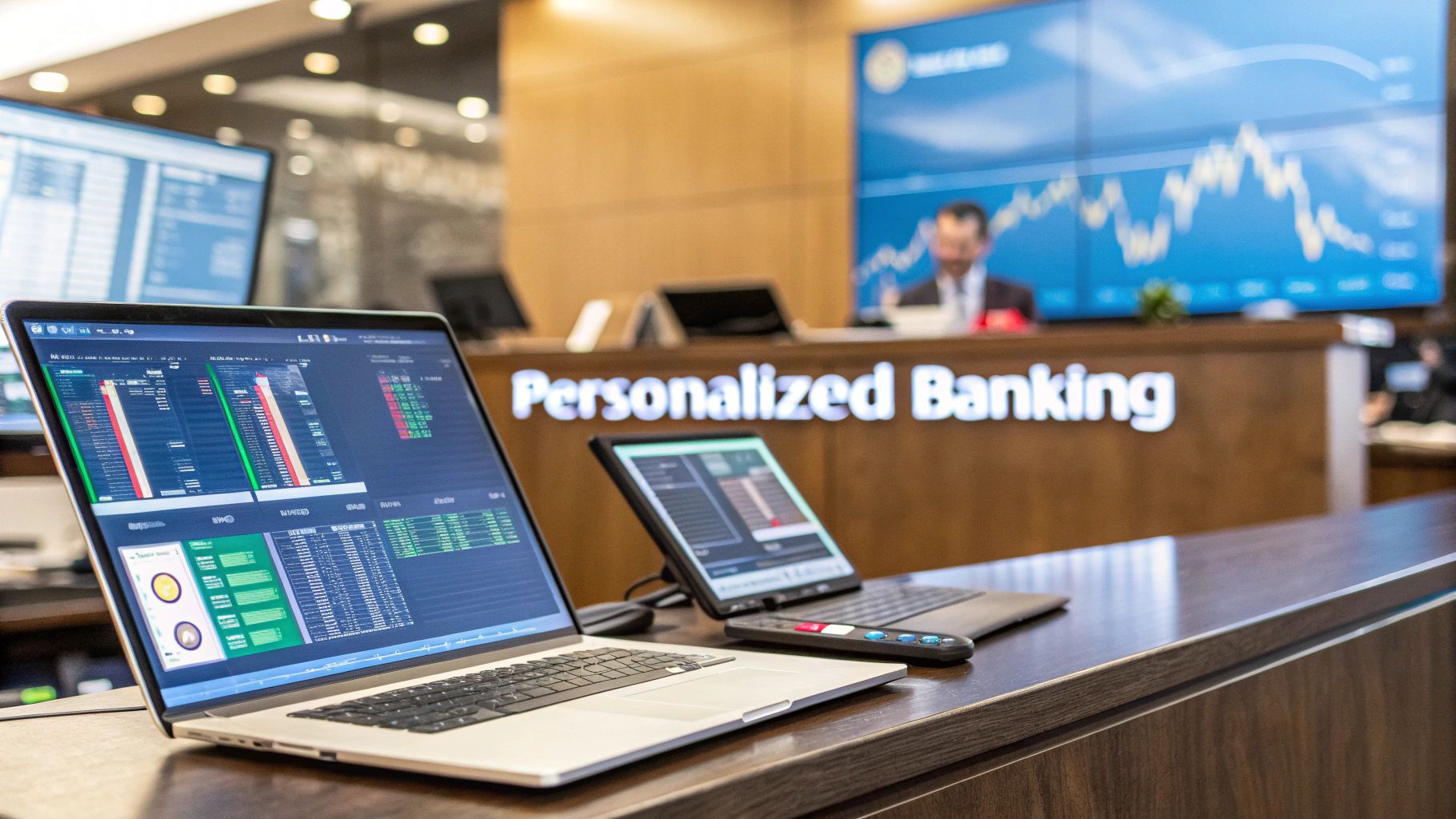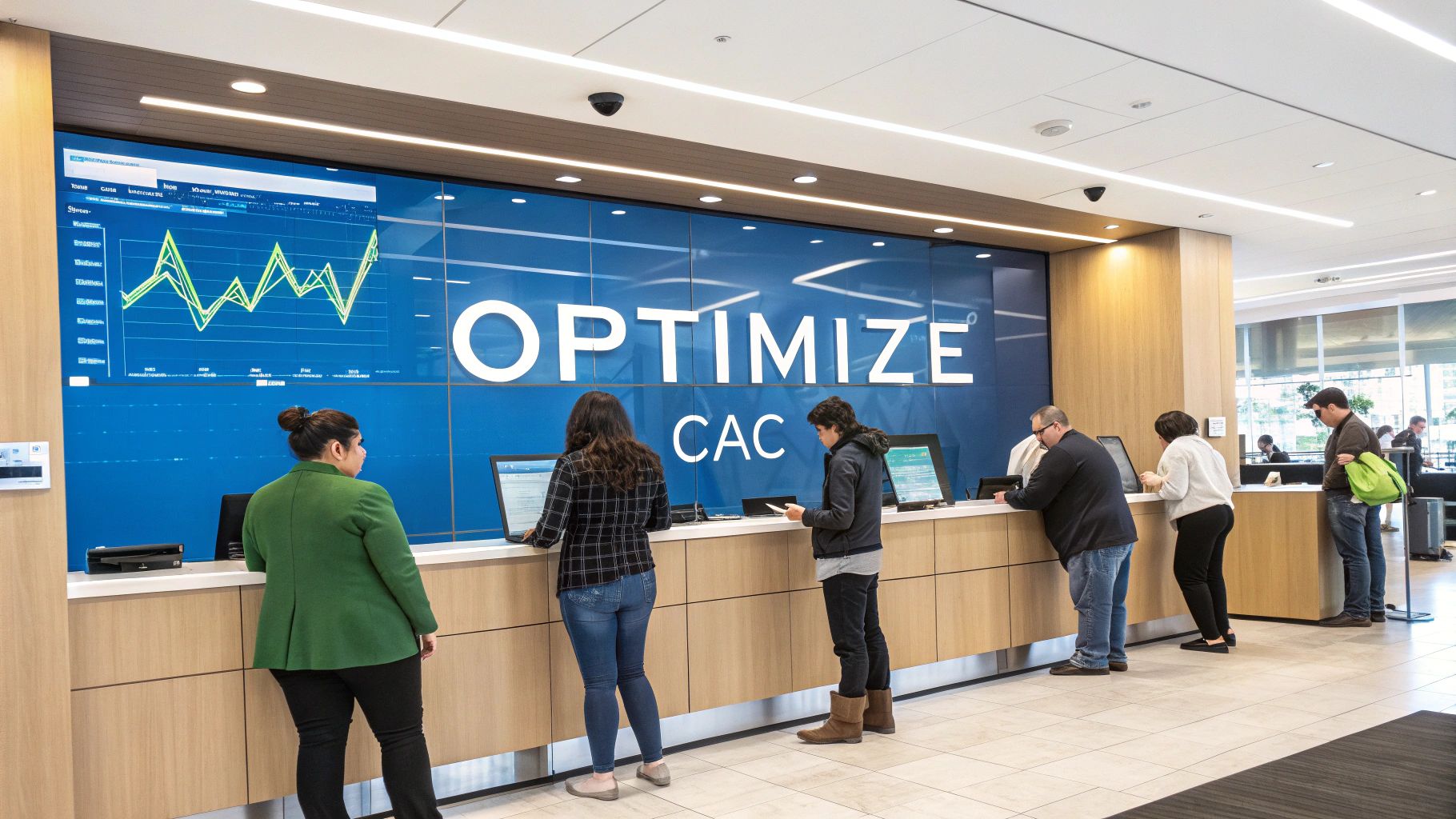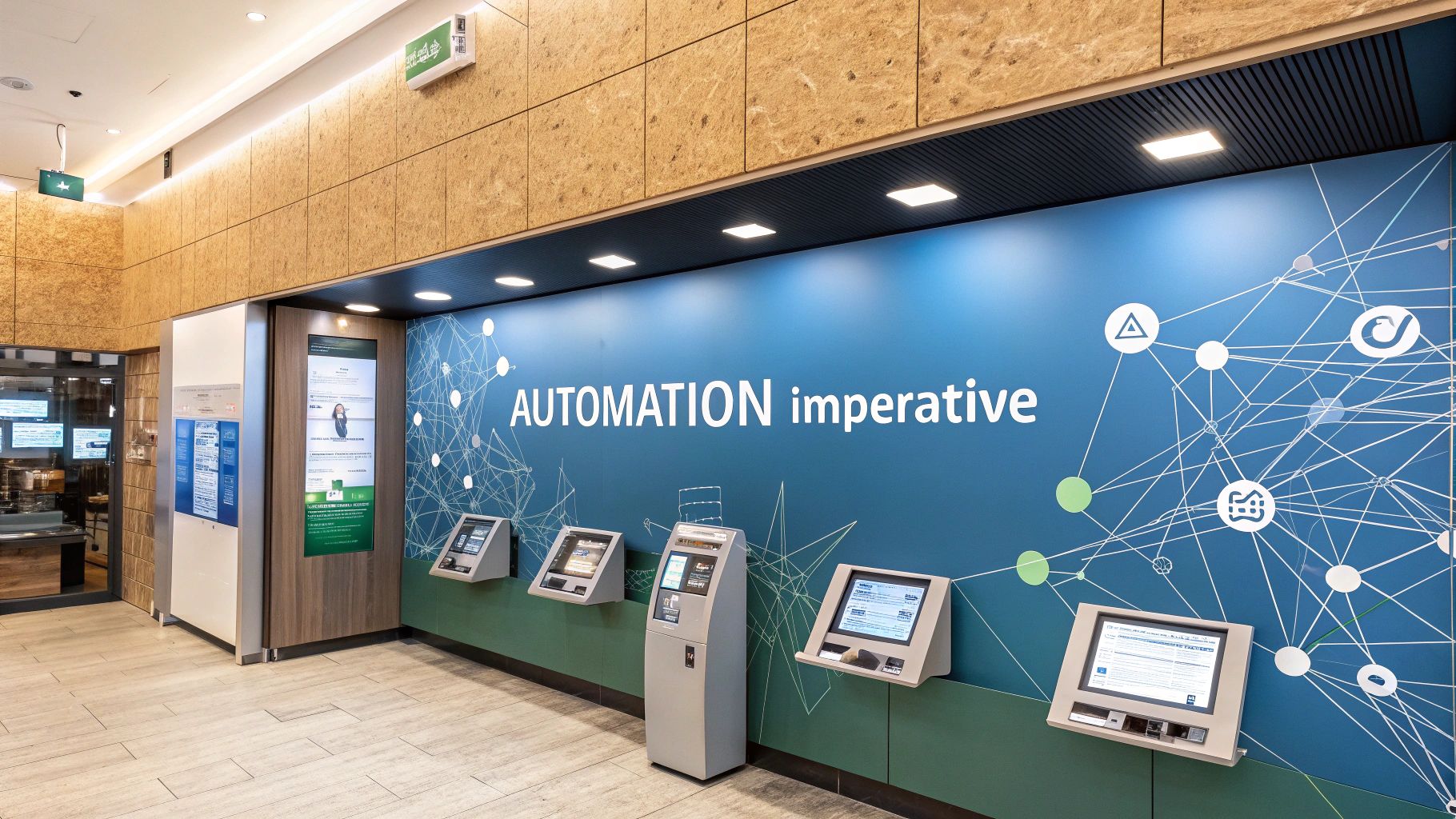BIAS: The Future of Banking Intelligence and Action System
Visbanking BIAS Vision
Estimated reading time: 4 minutes
Table of contents
In the ever-evolving landscape of banking, staying ahead of the curve is crucial for not just survival but thriving in a highly competitive industry. The financial sector has undergone significant transformation over the years, with technology playing a pivotal role in reshaping the way banks operate and serve their customers. One such groundbreaking innovation that promises to revolutionize the banking industry is BIAS, the Banking Intelligence and Action System. In this blog post, we'll delve into what BIAS is, how it works, and why it holds the key to the future of banking.
What is BIAS?
BIAS, short for the Banking Intelligence and Action System, represents a leap forward in the way banks leverage data, analytics, and artificial intelligence to make informed decisions and deliver enhanced customer experiences. It's not just a tool; it's a paradigm shift in how financial institutions operate. BIAS is designed to help banks gain deeper insights into their operations, customer behavior, and market trends, enabling them to take proactive and strategic actions.
The Core Features of BIAS
1. Data Integration: BIAS seamlessly integrates data from various sources within a bank, including customer transactions, financial reports, and market data. This consolidation of data provides a comprehensive view of the bank's operations and its place in the market.
2. Advanced Analytics: One of the key strengths of BIAS is its powerful analytics engine. It can process vast amounts of data in real-time, uncovering patterns and trends that would be nearly impossible to discern manually. This enables banks to make data-driven decisions swiftly.
3. Predictive Intelligence: With machine learning algorithms, BIAS can predict customer behavior, market fluctuations, and potential risks. This predictive intelligence empowers banks to take proactive measures to address issues and seize opportunities.
4. Actionable Insights: BIAS not only provides data and analytics but also recommends actionable insights. It suggests strategies for risk mitigation, customer engagement, and product development, making it a valuable tool for decision-makers.
5. Automation: BIAS automates routine tasks, reducing operational costs and freeing up bank staff to focus on more strategic and customer-centric activities. This efficiency boost can significantly impact a bank's bottom line.
The Benefits of Implementing BIAS
1. Enhanced Customer Experiences: By better understanding customer needs and behavior, banks using BIAS can tailor their services and communication, resulting in improved customer satisfaction and loyalty.
2. Improved Risk Management: With BIAS's predictive capabilities, banks can identify potential risks and take preemptive action, reducing the likelihood of financial losses.
3. Operational Efficiency: Automation and streamlined processes lead to increased operational efficiency, reducing costs and allowing banks to allocate resources more effectively.
4. Competitive Advantage: Banks that embrace BIAS gain a significant edge in a crowded market. They can respond faster to market changes and customer demands, staying ahead of competitors.
5. Regulatory Compliance: BIAS helps banks stay compliant with ever-evolving regulatory requirements by providing accurate data and real-time reporting.
BIAS in Action: A Real-Life Example
Imagine a bank that has implemented BIAS. Using this system, they can identify a potential rise in loan defaults among a specific customer segment well before it becomes a crisis. BIAS not only alerts the bank to this issue but also suggests personalized strategies for addressing it. The bank can then proactively reach out to these customers with modified payment plans or other solutions, preventing a major financial setback and preserving customer relationships.
Conclusion
In the fast-paced world of banking, staying relevant and competitive is a constant challenge. BIAS, the Banking Intelligence and Action System, offers a transformative solution for banks looking to thrive in this dynamic environment. Its ability to harness the power of data, analytics, and AI is reshaping how banks operate, make decisions, and serve their customers.
As BIAS continues to evolve and become more sophisticated, its role in shaping the future of banking cannot be overstated. Banks that embrace this technology will not only survive but also thrive, offering better experiences to their customers and maintaining a strong position in the market.
The banking industry is on the brink of a revolution, and BIAS is at the forefront, leading the charge into a future where intelligence and action combine to drive success.
The Future of Banking Analysis
As technology continues to reshape the financial landscape, the significance of deep dives into banking data grows exponentially. The Visbanking Banking Report Portal paves the way for a future where decision-makers are armed with comprehensive insights, enabling them to navigate challenges and seize opportunities effectively.
In conclusion, the “US Banks Deep Dive” facilitated by the Visbanking Banking Report Portal is an invaluable resource for anyone seeking to understand, analyze, and make informed decisions in the realm of US banking. By providing a platform for comprehensive exploration, trend analysis, and expert insights, the portal empowers users to harness the power of data and turn it into actionable knowledge. Whether you’re an investor, researcher, or industry professional, this portal is your gateway to the intricate world of US banks. Dive in today and unveil the secrets that lie within the numbers, trends, and stories of the banking sector.
Similar Articles

Brian's Banking Blog
Key Trends in the Banking Industry for Bank Executives

Brian's Banking Blog
What Is Market Intelligence? A Guide for Bank Executives

Brian's Banking Blog
What Is Competitive Intelligence in Banking?

Brian's Banking Blog
Mastering Commercial Banking Relationship Management: A Data-Driven Executive Guide

Brian's Banking Blog
Mastering Operations in the Banking Industry for Strategic Advantage

Brian's Banking Blog
The Executive Guide to Personalized Banking Service

Brian's Banking Blog
Mastering Bank Customer Acquisition Cost: A Strategic Guide for Executives

Brian's Banking Blog
Automation in Banks: A Strategic Growth Imperative

Brian's Banking Blog
Uniform Bank Performance Reports: A Strategic Guide for Bank Executives

Brian's Banking Blog